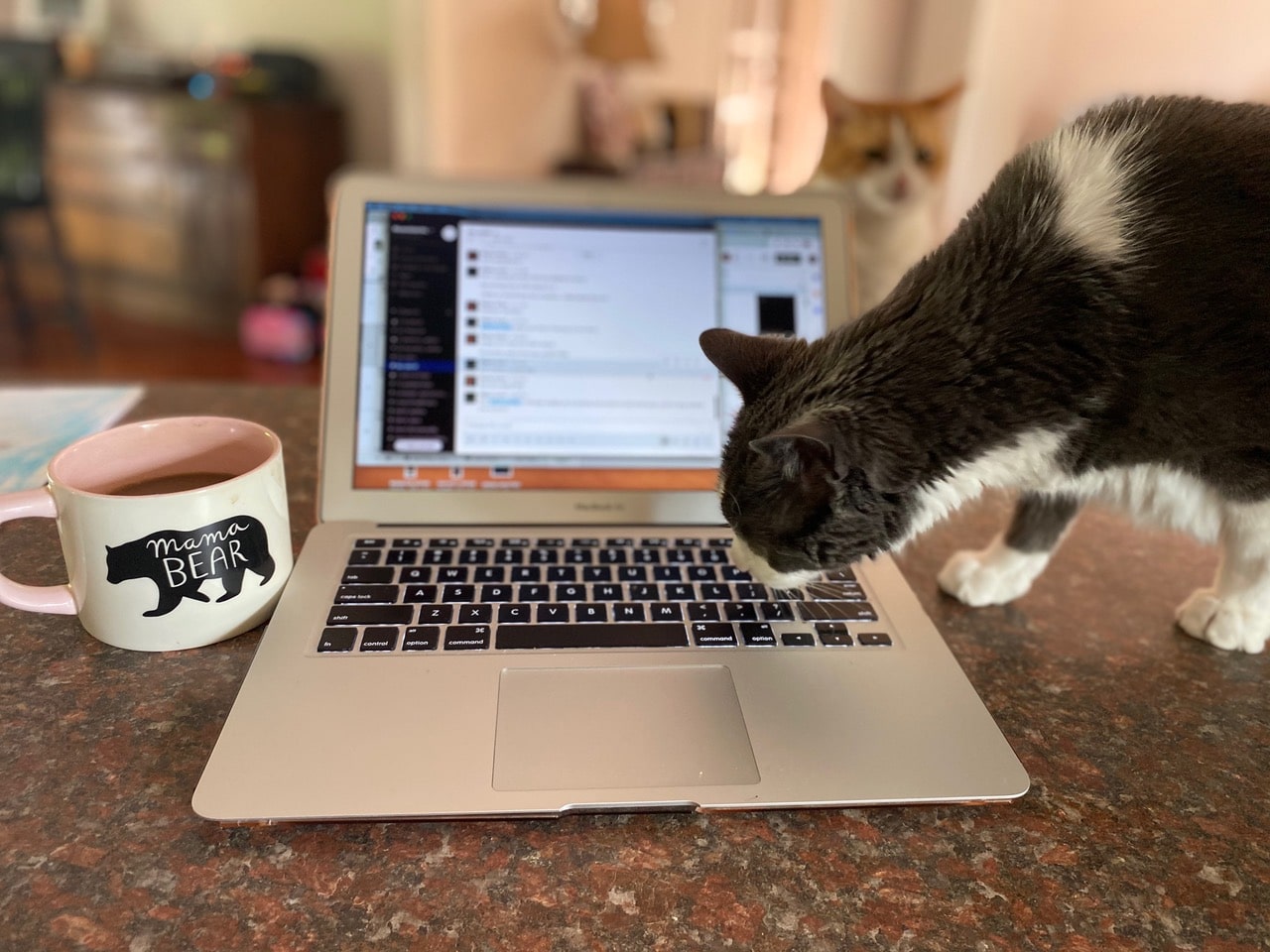Great client relationships make you feel like a true partner to your client
If you’ve ever been in a client-facing position – and dollars to donuts if you’re reading this, you have – it’s easy to differentiate between a good client relationship and a not-so-good one. Even in the era of the covid-19 pandemic, we can still have really great and really poor relationships virtually.
Great client relationships make you feel like a true partner to your client – and no matter what your business, you want to feel that you are a key part to your clients’ pursuit of happiness and success. With a good client, they trust and listen to you, and as a vendor, you feel good about the work you do for them. As a result, your relationship builds, expands and grows into bigger and better things, whether through longevity, additional projects and/or business, partnerships, or the biggest compliment of all – referrals to other clients.
However, we need to remember that building a strong relationship goes far beyond delivering on what your contract says, although that is of course, extremely crucial. Read on here for some tips to help you wow your clients every day, and let your customer base see the value you can bring to the table, as well as boost your reputation as a strong partner.
Part of being a good vendor is getting to know your client’s language.This may mean doing some research and picking up industry-specific jargon if necessary, or reading the room to understand the appropriate tone and level of professionalism. Your clients want to be heard and understood, which leads to trust. You will also want to feel out what the preferred and best form of communication is: does your client prefer chatting by email, by phone, or in-person? Do they tend to write longer messages or keep things short and sweet? Remember: etiquette in this virtual age is important, and you will want to ensure your emails maintain professionalism and trust all at once. Using poor punctuation, bad spelling, typos, short cuts, using all caps and not signing off emails properly can really put a person off of trusting you.
At Kleurvision, we always begin new projects with a kick-off meeting, ideally in person, to get to know not just the project, but to gain a better understanding of our client, their industry and their company culture. Sometimes, it really helps to go on-site, so we can get the opportunity to get a feel for the office culture and how their team communicates. The next-best thing is a video conference to get face time together and with key stakeholders in the project. No matter how much research we can do about a client, getting to know them organically is how you’ll truly learn to work with them effectively.
To continue to build trust, you will want to maintain regular contact with your key contacts at an organization. This could be status updates, check-ins, follow ups, scheduled meetings that occur regularly, etc. Preparing agendas in advance is key when you are setting scheduled meetings, so you are organized and prepared and show professionalism. Get in front of your clients’ questions on status updates, to show them that they are valued and important, and that you are on top of things.
It probably doesn’t need to be said, but we’ll say it anyway: Do what you say you’re going to do, and deliver on what you promise to a client. You should strive to not only meet expectations – but exceed them with outstanding communication, energy, and final results. Simple as that. By setting realistic expectations with your client from the start, and being upfront if there are ever any setbacks, and clearly communicating what you’re going to actually deliver, to how you’re going to deliver it, to how you’re going to keep in contact throughout the relationship. During some points of a job, there will be more communication than others – and let your client be aware of this. What you need, as a business owner, is a strong understanding of your own capabilities and timelines, and being honest with yourself if you have any limitations.
Then, be explicit with your client about what that all looks like from the start – both in person or on the phone, as well as in writing via email or a formal document. At Kleurvision, we are very clear with our process with an onboarding call, as well as have key deliverables clearly outlined in formalized estimates for every job we do.
Display pride in your processes, your company culture and your work. A key ingredient to delivering and exceeding expectations is your attitude – of yourself and your team. Never underestimate the power of a calm, cool, collected, and positive attitude to instill confidence and professionalism in your client.
Now, in some industries, there will be a lot of client involvement in projects. As you onboard a new client, ask yourself “what are they responsible for?” A working relationship is a two-way street, and the best partners hold each other accountable. It is perfectly acceptable – and frankly, quite often it is crucial – to set clear expectations for what you will need from your client. What deadlines for approvals do they need to meet? When do you need to schedule meetings to review your deliverables? What is the client’s internal process to review with their team/board members/key stakeholders? How should they communicate with you, and when are they allowed to contact you – are non-working hours off-limits? Is the use of contacting you on a personal cell phone acceptable? What specific tasks does your client own in each process?
These should be set (and put into writing) from the very beginning of your relationship, and reaffirmed in each new stage you enter together. And at any point that your client misses one of their deliverables, make sure to communicate to them how they could potentially set back your side of the project and delay completion.
Trust is another important ingredient to fostering a strong client relationship – and it’s easily earned when you show yourself to be exceptionally qualified and self-assured in your craft. Your confidence in your industry will ooze confidence to your client, who will feel comfortable working with you. Becoming an expert in your clients’ eyes is much more than simply delivering on what you promised. It’s done through showing that you have broad industry knowledge, you are up to date on current trends, courses, conferences, training, etc, and that you can be an ongoing, reliable resource for them to ask questions and learn from you. This can be as simple as sending over an article you thought they might find interesting, or recommending an event or conference that they might like to attend, or connecting them with another expert in their space, to building on-going business relationships. And on the flip side, sometimes being an expert means saying no – for example, when you can’t deliver what they need in a specific time, or you need to push back when their expectations aren’t aligned or are unrealistic, or if you need to dig your heels in when you know a client request isn’t ‘right’. Yes, the old adage of “the client is always right” does have some merit, but their success is your success, so don’t be afraid to defend what you know is the right thing to do for your client…you are the expert and they need to trust that expertise.
Be yourself with your clients, make it not just about business. By being empathetic, relatable and real, your clients will feel comfortable around you, and know that you, too, are human. When you operate with authenticity, people know what to expect from you in terms of communication and the type of support you can provide, and it allows you to create actual connections that last.
In short, we can’t guarantee that these tips will ensure growth and connection with all your clients, but we’ve learned a few things along the way, and are happy to share our experiences! Want to get to know more about the Kleurvision team? Let’s chat today….coffee on us!



